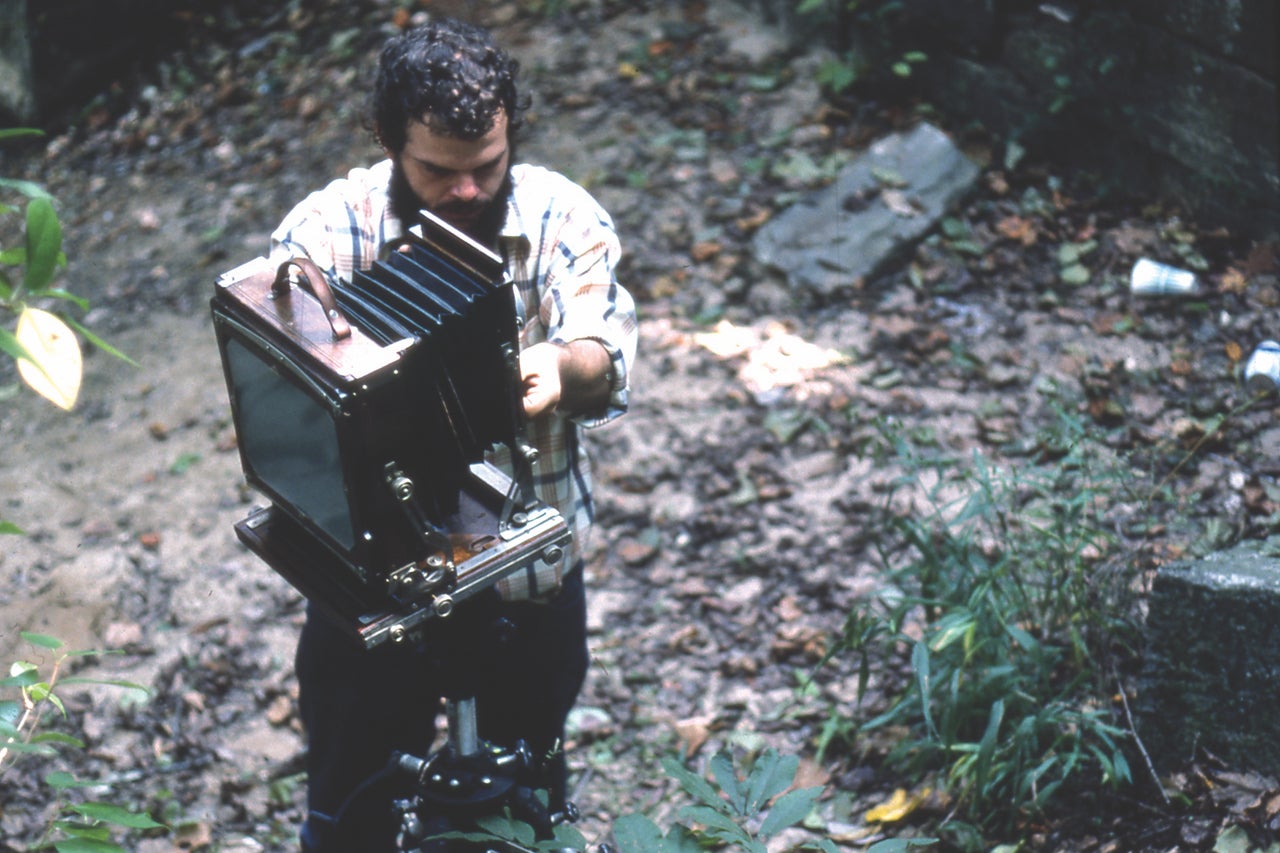William Fulmore ’68 viewed life through his own lens. From his point of view, even the most mundane of landscapes had a breadth and depth just waiting to be exposed.
As a photographer in the 1970s and early 1980s, Fulmore pushed his boundaries within the medium. With the right lighting, framing and click of the shutter, simple images of doorways, Southern ruins, desert landscapes and coastal scenes took on elements of whimsy, mystery or poignant tranquility.

William Fulmore used light and framing to give life to ordinary settings such as this room at Hampton Plantation in McClellanville, S.C.
Nearly 20 years after his death, the College is celebrating the work of this elusive alumnus in an exhibit at the Marlene and Nathan Addlestone Library. Looking Past opened this fall and will remain on display along the library’s second floor through the end of the year. The exhibit coincides with another new photography exhibit in Addlestone’s Special Collections focusing on the history of photography from the mid-19th century.
“He did some amazing things with light and shade,” says Fairchild, who helped bring the exhibit to the College after its March debut at the McClellanville Arts Center just north of Charleston.
Fulmore, who earned a degree in English, had a short career in photography, spanning less than a decade (from 1972 to 1980). An onset of schizophrenia in his late 20s sidelined his photographic ambitions. After years of declining mental and physical health, he died in 1997 at the age of 51 in his hometown of St. Stephen, S.C.
All these years later, Fulmore’s undeniable passion for photography has pushed his family and friends to preserve and share his work. McClellanville-based photographer Nancy Marshall was among those who spearheaded the effort to curate a collection of Fulmore’s images. Because Fulmore didn’t do many exhibits during his life, with much of his work therefore spread out among family and friends, the task of gathering a cohesive assortment of photographs was more difficult than expected.
One of the few places where Fulmore displayed his photographs was at Nexus, an Atlanta-based photography cooperative. Fulmore relocated to the Peach State in the 1970s to pursue graduate studies in photography at Georgia State University.
But for the most part, Fulmore created his images for the sheer joy of it, not for praise or money. “He was not at all mercenary or commercial about it,” Marshall says. “He did his photography for the love of what he was doing.”
What made Fulmore’s work so special, say his supporters, was the process he used to create his visual scenes. He preferred to use an 8×10 view camera, a highly technical piece of equipment which allowed infinite depth of field and a highly detailed negative. This specialty camera, the same type used by renowned photographer Ansel Adams, required Fulmore to be very meticulous about the story he wanted to tell.
“He really had a sense of place,” says John McWilliams, a retired photography professor who worked with Fulmore while he was at Georgia State. “When you set that camera down, you make decisions about where you want to be
in the space and what you want to include. It’s a very deliberate process. He just took to it.”
Fulmore’s sister, Libba Carroll, who also attended the College, supports Marshall’s effort to honor her brother’s art, even donating her own collection of her brother’s photos.
“I am so happy to see Will’s work shared after so many years of me having it in boxes in my closet,” Carroll says. “I am overjoyed to be a part of the exhibit experience.”
What once were scattered remnants of a brief photographic career has now emerged as a complete body of work that celebrates Fulmore’s talent.
“There’s something about his passion that seems to come through – his excitement for the things that he discovered,” McWilliams says. “And I hope that it will come through with other people.”
Fulmore’s gift was capturing the feeling of a place, the intangible magic of a moment in time. His images always offer something more to see.





